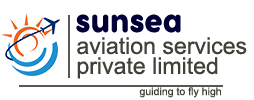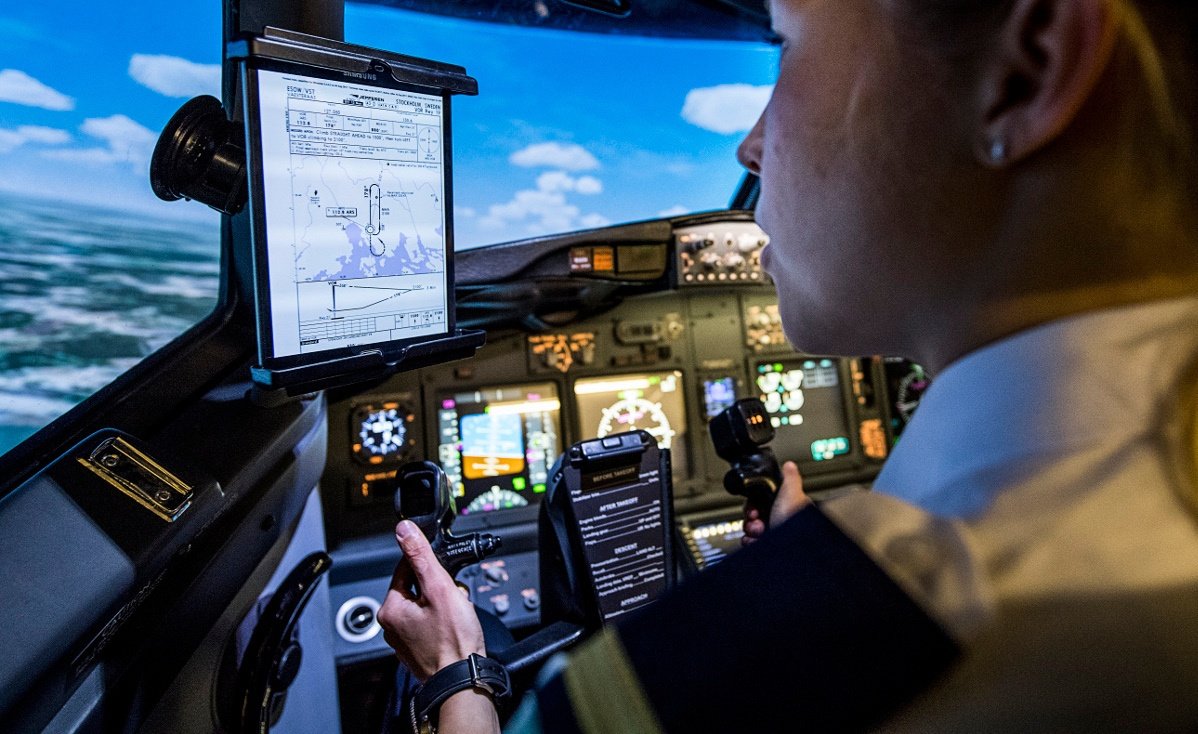Are you waiting to start flight training, but want to get ahead? There’s plenty you can start working on TODAY, before stepping foot in the airplane for the first time!
Table of Contents
Basic Aerodynamics
One of the first things you should look at is simply “how airplanes fly.” Establishing a firm understanding of aerodynamics is a great way to get your training started. Check out the Pilot’s Handbook of Aeronautical Knowledge Chapter 5 (Aerodynamics) for a great free resource by the FAA
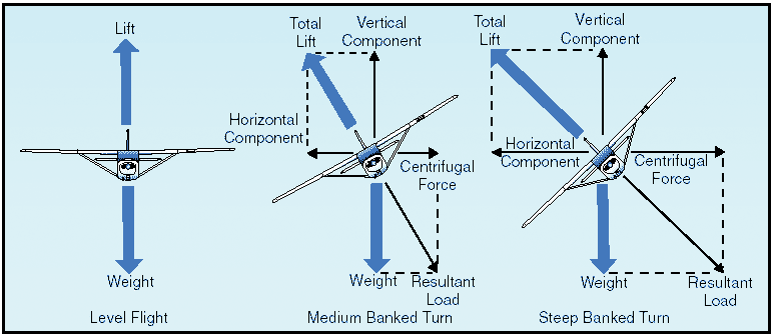
Practice With Flight Simulators
Flight simulators will develop your hand-eye coordination skills and aviation knowledge. If you don’t want to buy a full desktop simulator, try a flight simulator app on your phone. It’s a great way to expose yourself to basic flight principles and aerodynamics tendencies.
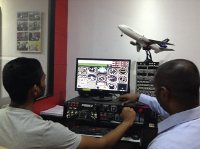
National Airspace System
The sky is broken into invisible airspace boundaries, each with its own unique set of equipment and procedural requirements. Start learning the basics about the “highways of the sky” before you start training!
If you’re having trouble understanding the ins and outs of this complex system, Enquire us in Sunsea Aviation Services to learn everything you need to know

Training Requirements For Your Private Pilot Certificate
As you get started, check out Federal Regulation Part 61.109 for the aeronautical experience requirements for your private pilot certificate
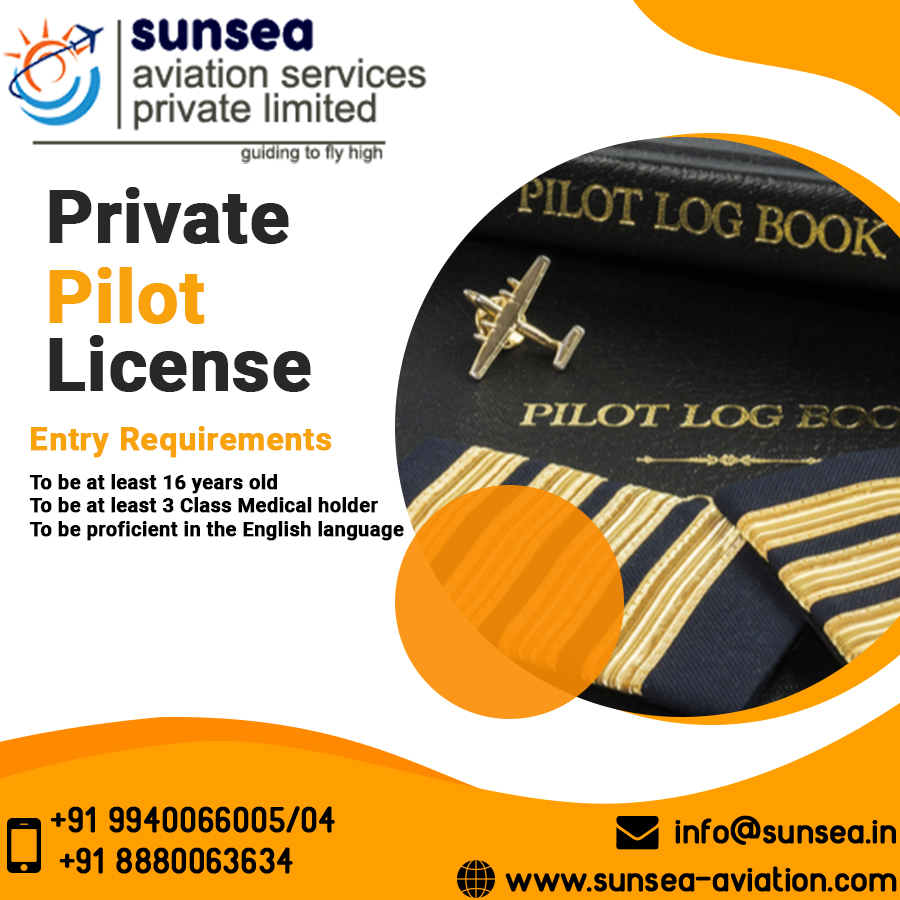
Weather Principles
Start by looking up the basics of weather: the Coriolis effect, cold fronts, warm fronts, etc. Weather plays a huge role in your flight training, so learning how weather forms is another way to get started. Read PHAK Chapter 12 on Weather Theory.

FAA Regulations
Start learning the basics of CFR Part 23, 61, and 91 before you get started. There are a lot of regulations you’ll need to be familiar with throughout training!
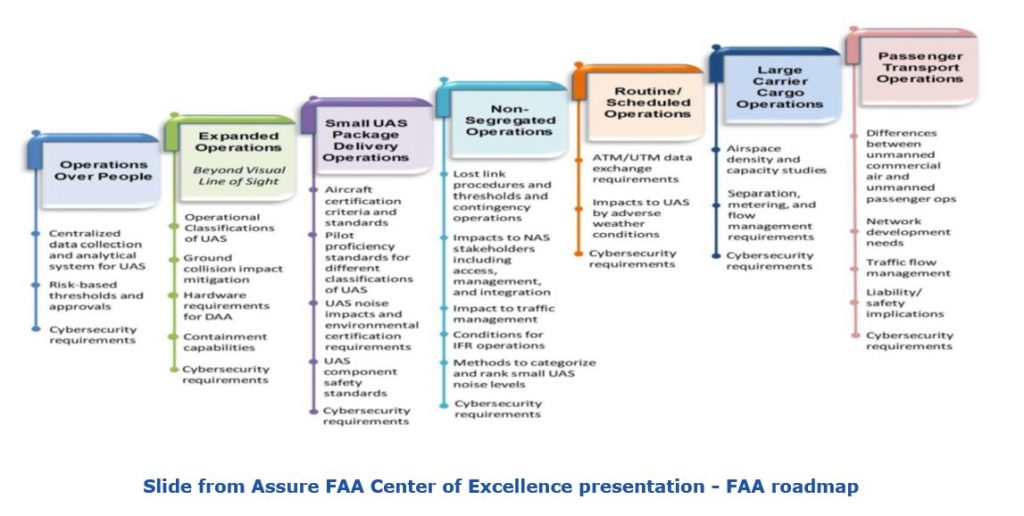
Basic Maneuvers
The FAA’s Airplane Flying Handbook is a good resource for you. Start reviewing takeoffs, straight and level flight, turns, climbs, descents, and landings.

Memorize The Phonetic Alphabet
The ICAO phonetic alphabet is used in aviation for almost everything. Memorize each letter and its corresponding name. Don’t forget about special number pronunciations like: 3 (“Tree”), 5 (“Fife”), and 9 (“Niner”).
One of the best ways you can learn quickly is by spelling out license plates or street signs aloud as you pass by them on the road. If you see the license plate BGY-367, say out loud “Bravo-Golf-Yankee-Tree-Six-Seven.” You may want to do this one alone!
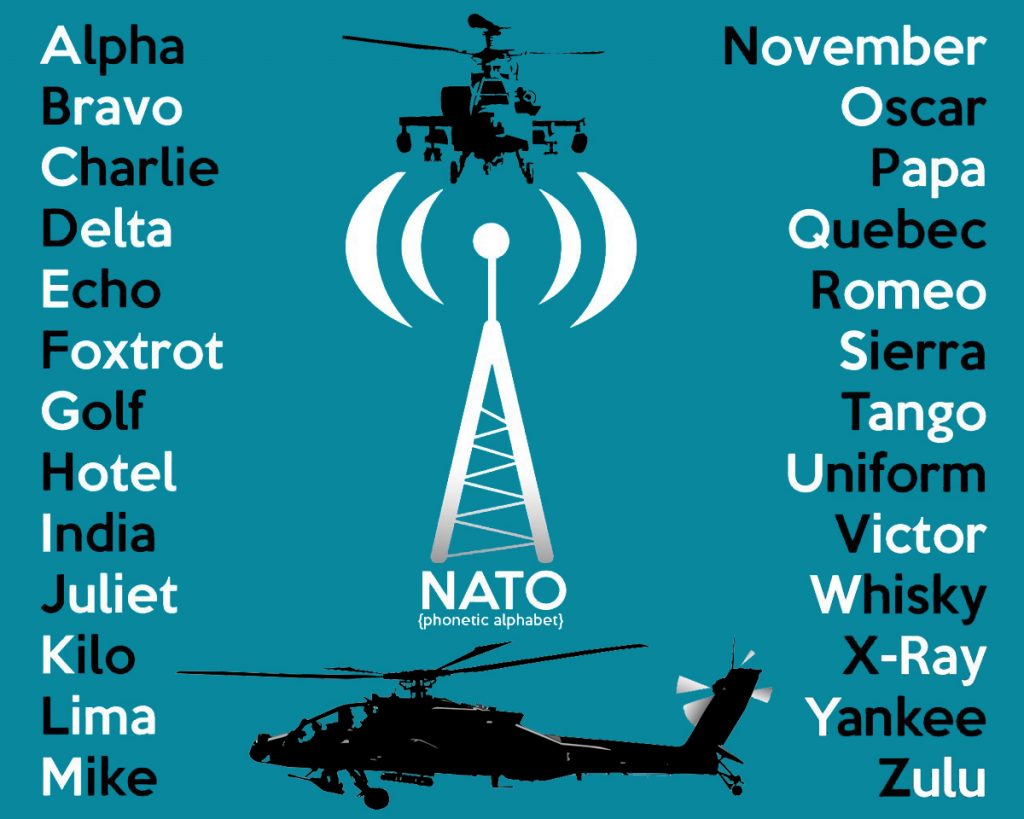
Aircraft Systems
Learning aircraft systems is tough work. The best way to learn them is to dig through the Pilot’s Operating Handbook for your airplane and learn how the systems work. Try starting with the basic principles of how reciprocating engines work.

Take Your Written Exam!
Walking into private pilot training with the written exam completed will take a huge weight off your shoulders! There’s no reason you can’t take it early!

Conclusion
We Have Plenty Of Training Courses On Some Of The Toughest Subjects You’ll Face
From takeoffs and landings, to weather products and airspace, we write training courses that make things a lot easier as you begin flying. And better yet, we have a lot more new courses on the way! Check them out and let us know how we can help!
Thinking about becoming a pilot? Get started with Sunsea Aviation Services, and find out how to start your aviation career here.
Follow us on Facebook
For Aviation News Follows on Aviation news site
